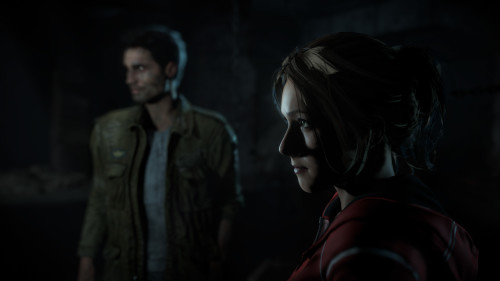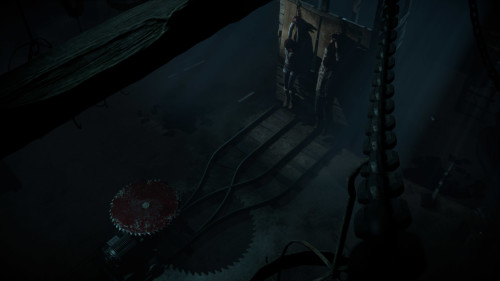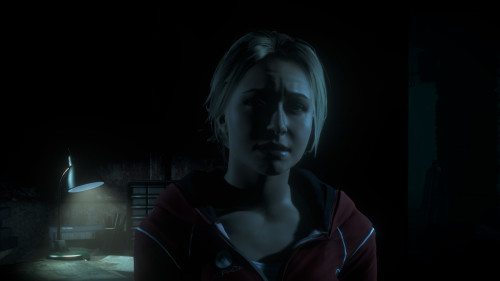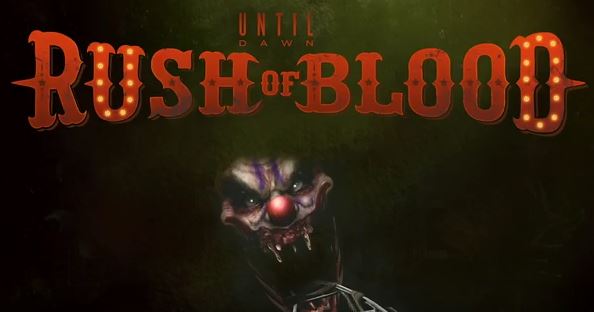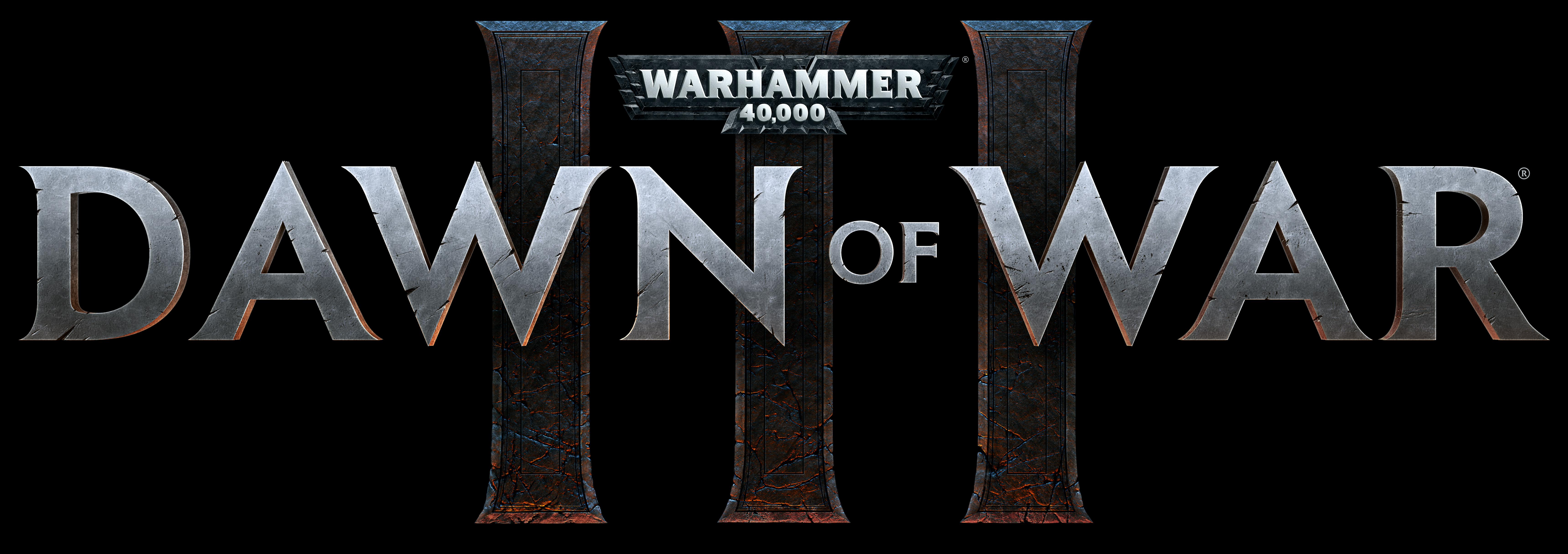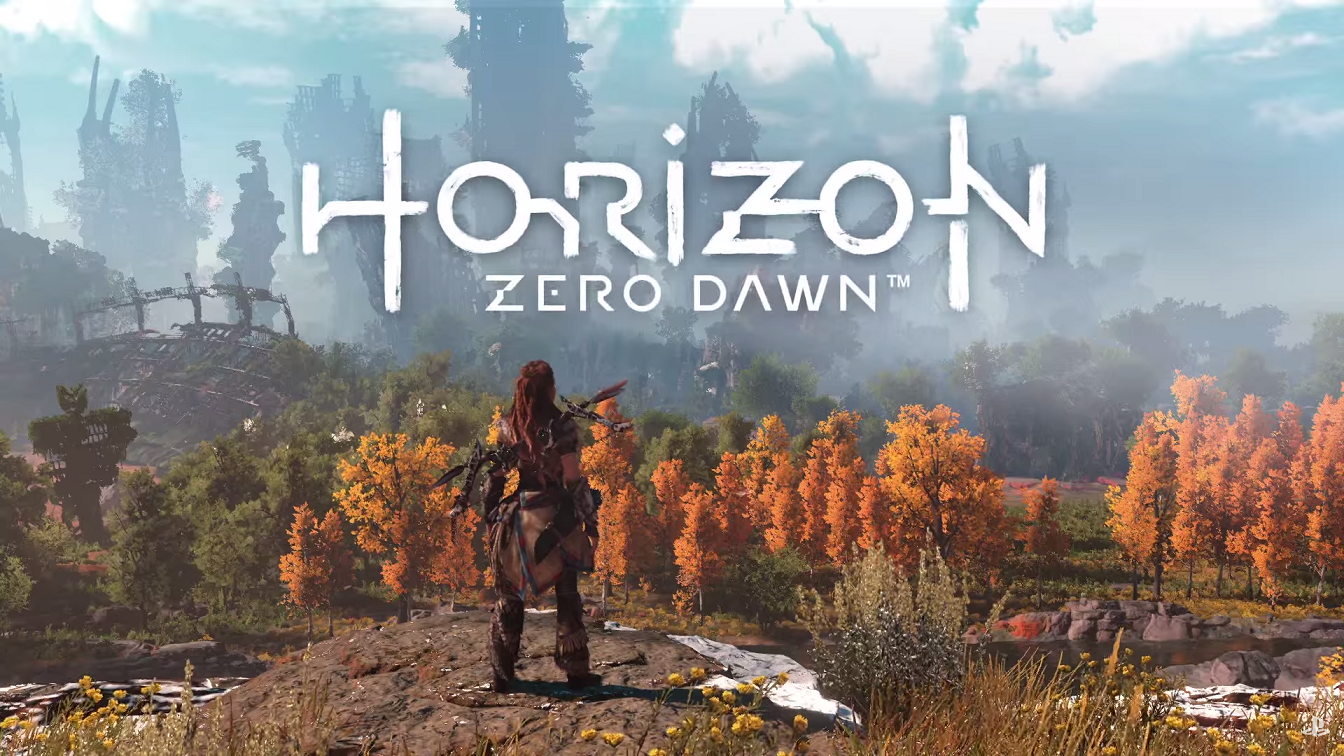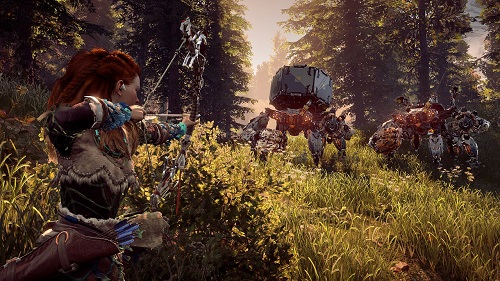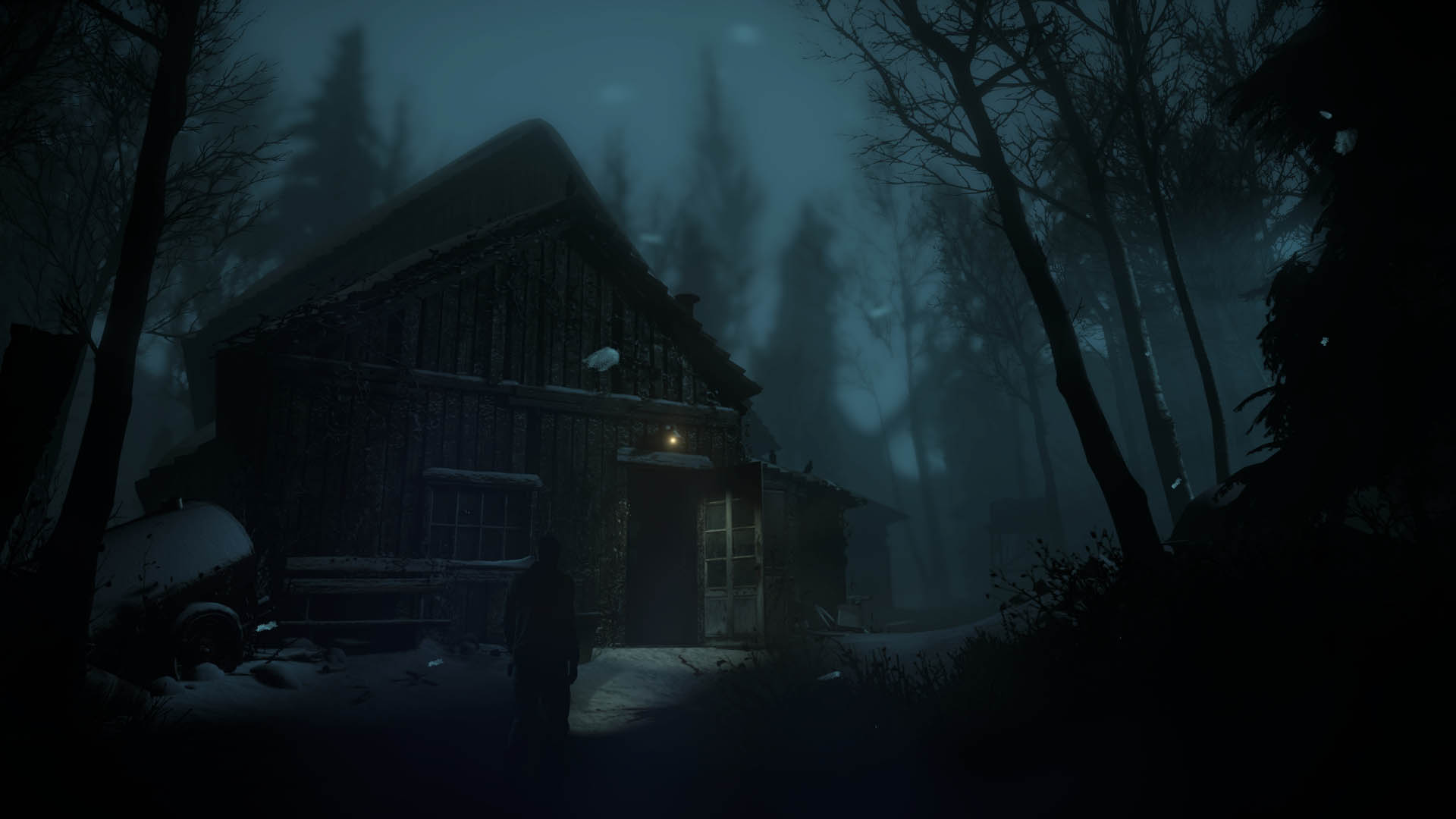
In the first couple of hours I spent playing Until Dawn, uncovering the swathe of mysteries that were unfolding, one main question seemed to stay with me – ‘how does this exist?’ For all of the clearly impressive artistic work that has gone into the game, as well as the long years of development and support from Sony as an exclusive, Until Dawn’s ambition isn’t to deliver a high-powered blockbuster experience, or even a ‘visionary’ tale like something David Cage might produce. All it wants to do is bring back the slasher revival of the 90’s, like Scream or I Know What You Did Last Summer, and put you in control. Sure, there are hints of other properties like Saw in amongst the milieu of inspirations, but at its heart, Until Dawn places you in an isolated cabin in the woods with eight teenagers, and you get to decide who dies.
Rather than controlling a single protagonist, you’re periodically given control over each member of the group, who have all come to Blackwood Mountain Ski Lodge on the anniversary of a tragic ‘prank’ gone wrong. Last year, they humiliated one of their friends, Hannah, leading to her disappearing into the frozen wilderness along with her sister Beth. Now, Hannah and Beth’s brother Josh has invited the group back to the Lodge for a weekend party, to have fun and to maybe move on from those awful events.
It wouldn’t be a horror game if things didn’t fly off the rails pretty quickly, and before long strange events start occurring at the Lodge. From a psycho killer hunting down the members of the group and strapping them into ‘experiments’, to a mysterious creature in the woods and even spooky ghosts. There’s a real mish-mash of various tropes from slasher films, and if you’re knowledgeable of the genre, you’ll appreciate all the little references and inclusions. You’ll also figure out what’s going on pretty early, and far before the characters of the game do. The twists of the game do try to subvert audience expectations, but are unlikely to surprise too much if you’ve been paying attention and know anything about horror films. As for actual scares – the game tends to lean a little too heavily on jump scares, even offering the option to record yourself with the PlayStation Camera whenever a scare occurs (my videos are sadly uneventful, being the soulless wasteland that I am).
The plot of bickering teenagers could be insufferable, and at times threatens to become so, if not for the surprisingly good performances from each of the lead actors. Hayden Panettiere, Brett Dalton, Rami Malek and Meaghan Martin are among the actors who lend their likeness, voice, performance and motion capture to the game, and they’re all very good. Even characters who are seemingly intended to be kind of annoying, like Jessica and Emily, become relatable through the good work their actors do, and at times it’s easy to forget you’re not watching an actual Hollywood movie.
The actual gameplay of Until Dawn is a riff on the ‘interactive cinematic adventure’ experiences that have sprung up since the success of Heavy Rain and The Walking Dead. They’re descendants of point-and-click adventure games, where the narrative was padded out with a lot of talking, walking, picking up items and puzzle solving. Until Dawn is streamlined to the point where there’s a lot of talking, a little bit of walking, and not much of anything else aside from quicktime events. The game more or less plays out like an extended horror movie, pausing the action to allow you to make quick decisions between two options (do I take the ‘safe’ route and take longer, or risk the ‘dangerous’ route and arrive sooner).
The game’s premise is that all of these decisions, accumulated over the game, create a ‘butterfly effect’. If you choose to withhold information from one character, it could come back to bite you later on. On the other hand, if you’re honest and that information is hurtful, that character could grow to resent you. It’s a good idea, and one that many other adventure games have purported to implement (with varying degrees of success). Bizarrely, nature itself can hold a grudge. Killing wildlife can result in crows and even icicles coming after you for revenge, for ‘unbalancing’ nature. If you’ve got any semblance of decency, this is one subplot you can avoid entirely, leaving it as a funny but weird optional oddity. Totems scattered around the game can also give you brief glimpses into upcoming decisions and fates, and even provide guidance on what the ‘correct’ course of action may be.
In between chapters, the game also pauses for brief scenes with an ‘Analyst’, played by Peter Stormare. Stormare’s performance is delightfully unhinged, he often looks like he’s somewhere between taking the role seriously and painfully transforming into a lizard. In these somewhat surreal and fourth-wall-breaking scenes, he interrogates you about decisions you’ve made during the game and also asks you how you feel about certain aspects of it. If you reveal to him you’re afraid of clowns, you may find some minor aesthetic differences in the story. It’s the most overt part of the game’s ‘butterfly effect’ mechanic, but often seems like it affects relatively little in-game.
For what it’s worth, on my first playthrough I got a perfectly satisfying ‘good’ ending, where everyone survived, and I had more or less solved the whole mystery. Subsequent playthroughs revealed the course of the narrative doesn’t really diverge that much, aside from certain characters being present or not (which is difficult to do if you kill them). Rather than a butterfly effect leading to completely different paths, it’s more like taking very small detours before returning to the main flow of the game. Some scenes towards the end can vary slightly, or just appear to be cut heavily, as absent characters’ lines are skipped over. The first ending I got was also a little weird, as its final ‘summary’ seemed to be confused whether a character I clearly saved had actually survived or not. I’m not sure whether this is meant to be vague intentionally, or is just an oversight or a glitch.
There are moments where you are allowed to walk around much larger environments, such as a sanatorium and a large mine complex, which would make for great locations for more traditional horror games. People with itchy trigger fingers will easily be able to imagine zombies lurking behind the empty corners, or having to run from room to room collecting ammo and outwitting their opponents. In this game, you won’t have much to do but walk and occasionally examine sparkling ‘look at me’ clues in the environment. It makes more sense here than it did in The Order 1886, but you do sometimes wish there was more to do.
Ultimately, the game’s ‘butterfly effect’ and decision-making all feel simplified. On further playthroughs, it feels less like you’re in control of your own slasher movie, and more like you’re getting insight into the machinery behind the illusion of choice. A lot of choices just don’t matter beyond small superficial changes, and while this works and has an excuse within the narrative, it does mean the game is still pretty linear. That’s fine, and in fact I quite like the game’s storyline as it is – just don’t expect as much control over the proceedings as the game might want you to believe.
Major props have to go to the team behind the graphics, as despite a long development cycle across consoles, the game looks fantastic on PS4. Character models, while not perfect, don’t fall into the uncanny valley and represent and convey their actors performances excellently. While the environments can fall into somewhat clichéd territory, with a ‘cabin in the woods’ and ‘dark mine’, the lighting design gives the game its own unique feel. Locations are often cloaked in darkness with a single source of light, dimly illuminating small areas, as an ever-present dust permeates in the air.
Until Dawn may be in the same camp as other Sony exclusives like Heavy Rain and Beyond, as while it appears to offer a much broader spectrum of interactivity, it ultimately comes down to a linear storyline and quick two-choice decisions. However, the way in which it tells this storyline makes it really enjoyable to sit down and play through in a few nights as the graphics, performances, comfortable clichés and the illusion of choice work together to make a pretty great horror experience.
Looks great | Fun, cliche driven horror storyline | Good performances
Too many jump scares, not enough actual scares | Butterfly effect is a little superficial

